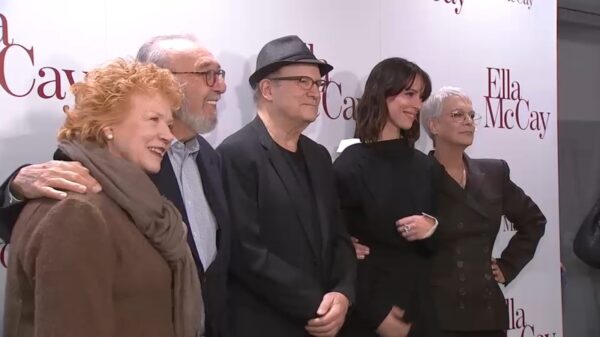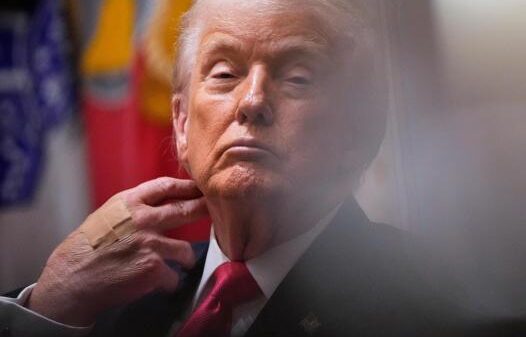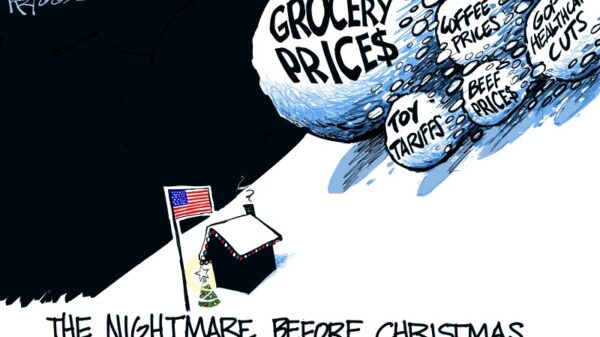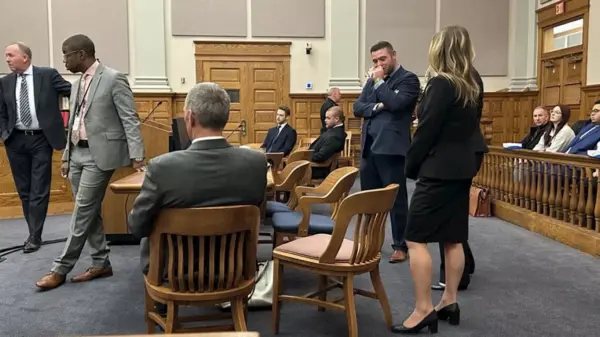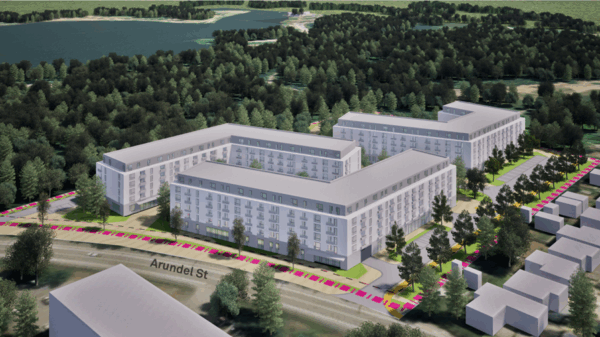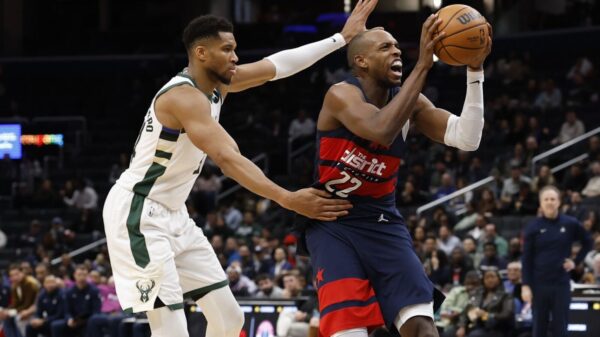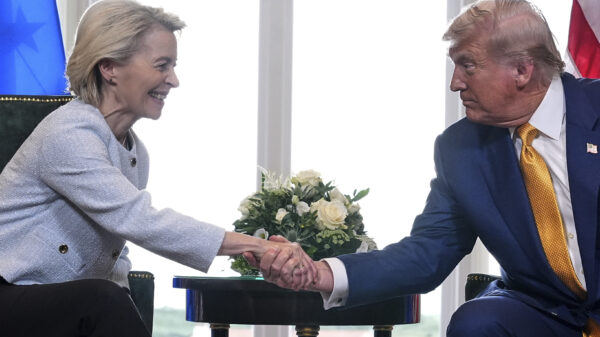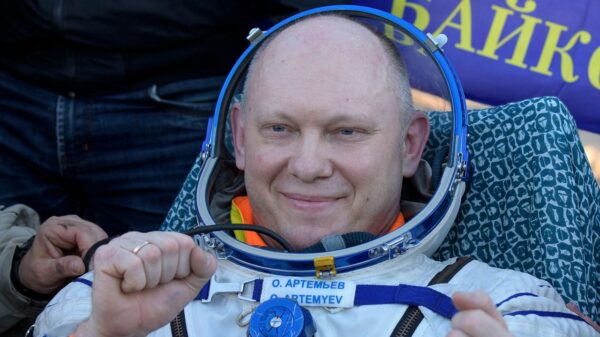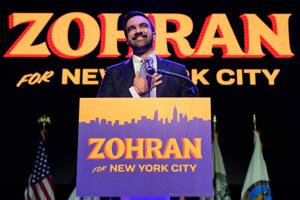Zohran Mamdani’s campaign for mayor of New York City has captured attention through its distinctive design, which draws influence from an array of unexpected sources. The approach resonated particularly well with young and diverse voters, contributing to his successful bid for the Democratic nomination.
Mamdani, a democratic socialist, utilized vibrant colors and unique visuals that reflected the city’s eclectic culture. His campaign materials showcased a blend of artistic styles, incorporating elements from Bollywood films, street art, and local bodegas. This strategy not only differentiated him from traditional candidates but also created a relatable aesthetic that appealed to younger demographics.
Visual Strategy Engages Voters
The visual components of Mamdani’s campaign were critical in conveying his message. By embracing a palette that included bright hues and dynamic graphics, he aimed to evoke a sense of community and inclusivity. His team emphasized that the visuals were intentionally designed to reflect the diverse fabric of New York City, aiming to engage voters from all backgrounds.
As Mamdani’s campaign progressed, his design choices garnered significant attention on social media platforms, further amplifying his reach. The combination of striking imagery and compelling messaging allowed him to connect with voters on a personal level, establishing a sense of trust and relatability.
The campaign’s focus on visual storytelling extended beyond traditional media outlets. For instance, Mamdani’s team utilized innovative digital strategies to disseminate campaign materials. Short videos and graphics shared on platforms like Instagram and TikTok became integral in rallying support, particularly among younger voters who are more active on social media.
Impact on Young Voter Turnout
Mamdani’s efforts have had a measurable impact on voter engagement. According to data from the New York City Board of Elections, turnout among voters aged 18 to 29 increased significantly during the primaries, with many attributing this surge to Mamdani’s unique campaign approach. The blend of cultural references and relatable visuals resonated strongly with this demographic, who often feel disconnected from conventional political narratives.
In addition to the visual strategies, Mamdani’s platform addressing issues such as affordable housing, climate change, and social justice also aligned with the priorities of young voters. By presenting a comprehensive vision for New York City that incorporated both aesthetic and substantive elements, Mamdani positioned himself as a candidate who understands the aspirations and challenges faced by younger generations.
As the political landscape continues to evolve, Mamdani’s campaign serves as a case study in the power of visual design and cultural relevance in political messaging. His ability to intertwine creativity with activism has not only propelled his candidacy but also sparked discussions about the future of campaigning in an increasingly digital world.
With his inspiring journey from community activism to a prominent political position, Mamdani’s campaign highlights the potential for innovative approaches to reshape the dynamics of electoral politics.



